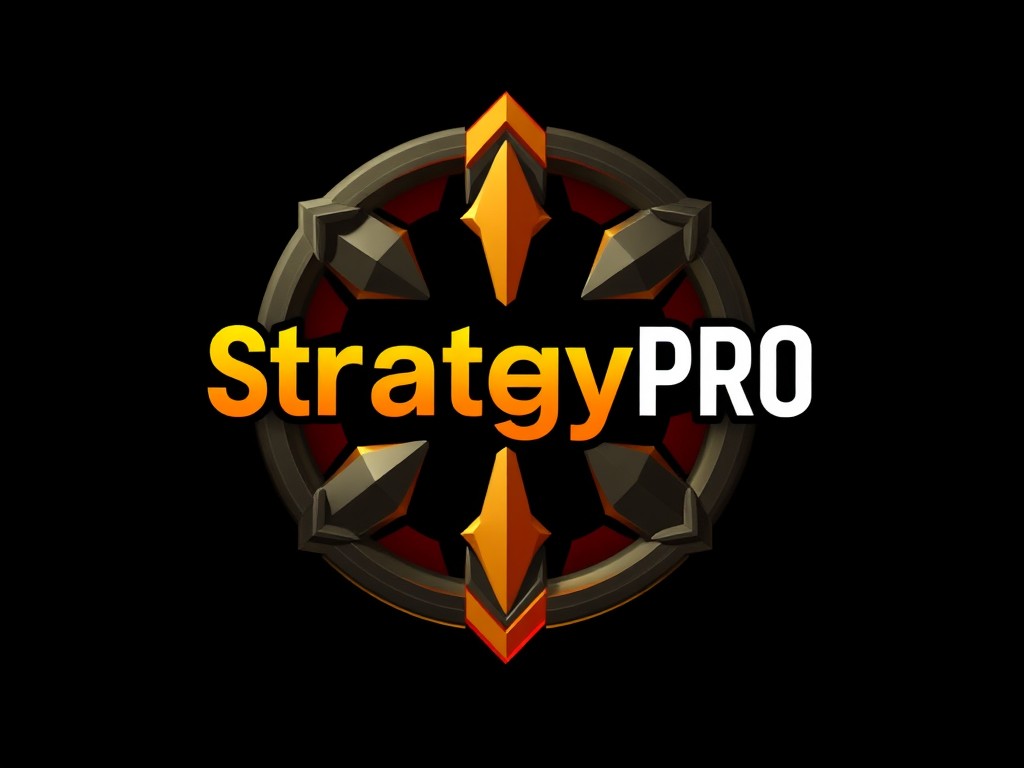Unlocking Successful Marketing: Your Ultimate Guide to Crafting an Impactful Content Calendar for Sheffield Businesses
In the bustling city of Sheffield, where innovation and entrepreneurship thrive, having a well-planned content calendar is crucial for any business looking to stand out in the competitive market. This guide will walk you through the process of creating a content calendar that drives engagement, boosts your brand’s visibility, and ultimately contributes to the growth and success of your business.
Understanding the Importance of a Content Calendar
Before we dive into the nitty-gritty of creating a content calendar, it’s essential to understand why it’s so vital for your marketing strategy. A content calendar is a centralized plan that outlines when and where you will publish your content across various channels. This tool helps in several ways:
Also to discover : Maximizing reach: innovative approaches for leicester training center to capitalize on online courses
- Consistency: Ensures that your content is published regularly, keeping your audience engaged and interested.
- Organization: Helps in planning and scheduling content in advance, reducing last-minute scrambles.
- Efficiency: Allows you to allocate resources effectively and avoid duplication of efforts.
- Alignment: Ensures that all your content aligns with your overall marketing strategy and business goals.
Identifying Your Target Audience
To create a content calendar that resonates with your audience, you need to have a deep understanding of who they are. Here are some steps to help you identify and understand your target audience:
Demographic Analysis
- Age, gender, location, and other demographic factors can help you tailor your content to the right people.
- For example, if your business is a local café in Sheffield, your target audience might be young professionals and families living in the area.
Psychographic Analysis
- Understand the interests, values, and lifestyle of your audience.
- If your café is known for its sustainable practices, your content might focus on eco-friendly living and community involvement.
Customer Feedback and Analytics
- Use customer feedback and analytics tools to understand what type of content your audience engages with the most.
- Tools like Google Analytics and social media insights can provide valuable data on user behavior.
Developing Your Content Strategy
Your content strategy is the backbone of your content calendar. Here’s how you can develop a robust content strategy:
Additional reading : Enhancing workplace efficiency: proven techniques for thriving in manchester offices
Define Your Goals
- What do you want to achieve with your content? Is it to increase website traffic, boost sales, or enhance brand awareness?
- For instance, if your goal is to increase website traffic, your content might focus on SEO-optimized blog posts and articles.
Choose Your Content Types
-
Decide on the types of content that will resonate best with your audience. This could include blog posts, social media updates, videos, podcasts, or email newsletters.
-
Here’s a detailed list of content types you might consider:
-
Blog Posts: In-depth articles on topics relevant to your business and audience.
-
Social Media Updates: Short, engaging posts for platforms like Facebook, Twitter, Instagram, and LinkedIn.
-
Videos: Explainer videos, customer testimonials, or behind-the-scenes content.
-
Podcasts: Audio content that delves into industry topics or interviews with experts.
-
Email Newsletters: Regular updates sent directly to your subscribers.
Allocate Resources
- Determine who will be responsible for creating, reviewing, and publishing the content.
- Ensure you have the necessary tools and budget to support your content creation efforts.
Creating Your Content Calendar
Now that you have a clear understanding of your audience and content strategy, it’s time to create your content calendar.
Choose a Calendar Tool
- You can use a spreadsheet like Google Sheets or Excel, or specialized tools like Trello, Asana, or Hootsuite.
- Here’s an example of what a basic content calendar might look like:
| Date | Channel | Content Type | Topic | Status |
|---|---|---|---|---|
| 15 Nov | Blog | Article | “Top 10 Cafes in Sheffield” | Scheduled |
| 17 Nov | Post | “Behind the Scenes” | Draft | |
| 20 Nov | Newsletter | “Monthly Specials” | Pending | |
| 22 Nov | Video | “Customer Testimonial” | Published |
Plan Your Content in Advance
- Schedule your content at least a month in advance to ensure consistency and reduce last-minute stress.
- Consider using a theme or focus for each month to keep your content cohesive.
Leave Room for Flexibility
- Be prepared to adjust your calendar based on current events, trends, or unexpected opportunities.
- For example, if a local event is happening in Sheffield, you might want to create content around it to capitalize on the buzz.
Leveraging Social Media for Maximum Impact
Social media is a crucial component of any content strategy. Here’s how you can leverage social media to amplify your content:
Choose the Right Platforms
- Focus on the platforms where your target audience is most active.
- For instance, if your audience is predominantly young professionals, Instagram and LinkedIn might be your best bets.
Create Engaging Content
-
Use high-quality visuals, compelling captions, and relevant hashtags to make your content stand out.
-
Here are some tips for creating engaging social media content:
-
Use Storytelling: Share stories about your business, customers, or community to create an emotional connection.
-
Encourage Interaction: Ask questions, run contests, or request feedback to engage your audience.
-
Be Consistent: Maintain a consistent tone and aesthetic across all your social media platforms.
Utilize Paid Advertising
- Consider using paid social media ads to reach a broader audience and drive traffic to your website.
- Here’s a comparison of some popular social media advertising platforms:
| Platform | Targeting Options | Cost-Effectiveness | Engagement Rates |
|---|---|---|---|
| Detailed demographic and interest-based targeting | High | Medium | |
| Visual-centric targeting | Medium | High | |
| Professional and B2B targeting | Low | Medium | |
| Real-time and trend-based targeting | Medium | High |
Measuring and Adjusting Your Content Calendar
To ensure your content calendar is effective, you need to continuously measure its performance and make necessary adjustments.
Use Analytics Tools
-
Tools like Google Analytics, social media insights, and email marketing analytics can provide valuable data on how your content is performing.
-
Here are some key metrics to track:
-
Website Traffic: Monitor the number of visitors to your website.
-
Engagement Rates: Track likes, comments, shares, and other engagement metrics on social media.
-
Conversion Rates: Measure the number of leads or sales generated from your content.
Gather Feedback
- Collect feedback from your audience through surveys, comments, or direct interactions.
- Use this feedback to adjust your content strategy and improve future content.
Adjust Your Strategy
-
Based on your analytics and feedback, make adjustments to your content calendar.
-
Here’s an example of how you might adjust your strategy based on performance data:
-
If your blog posts are generating high traffic but low engagement, you might focus on creating more interactive content like videos or podcasts.
-
If your social media posts are getting high engagement but not driving traffic to your website, you might need to include more direct calls-to-action.
Practical Insights and Actionable Advice
Here are some practical tips and actionable advice to help you get started with your content calendar:
Start Small
- Don’t try to create content for every possible channel at once. Start with a few key platforms and gradually expand.
- “Start small and scale up. It’s better to do a few things well than to spread yourself too thin,” advises a marketing expert.
Be Authentic
- Ensure your content reflects the true voice and values of your brand.
- “Authenticity is key. Your audience can tell when you’re being genuine versus when you’re just trying to sell something,” says a brand manager.
Engage with Your Audience
- Respond to comments, messages, and reviews promptly to build a strong relationship with your audience.
- “Engagement is a two-way street. It’s not just about pushing out content; it’s about interacting with your audience,” notes a social media specialist.
Crafting an impactful content calendar is a crucial step in any successful marketing strategy. By understanding your target audience, developing a robust content strategy, leveraging social media, and continuously measuring and adjusting your approach, you can drive growth, engagement, and ultimately, the success of your business in Sheffield.
Remember, your content calendar is a living document that should evolve with your business and audience. Stay flexible, stay authentic, and always keep your customer at the heart of your content creation efforts.
Additional Resources
For further guidance, here are some additional resources you might find helpful:
- Content Calendar Templates: Find downloadable templates online to help you get started with your content calendar.
- Marketing Courses: Enroll in online courses or workshops to learn more about content marketing and social media strategies.
- Industry Blogs: Follow industry-leading blogs and websites for the latest trends and tips in content marketing.
By following these steps and staying committed to your content strategy, you’ll be well on your way to unlocking the full potential of your marketing efforts and driving success for your business in Sheffield.











